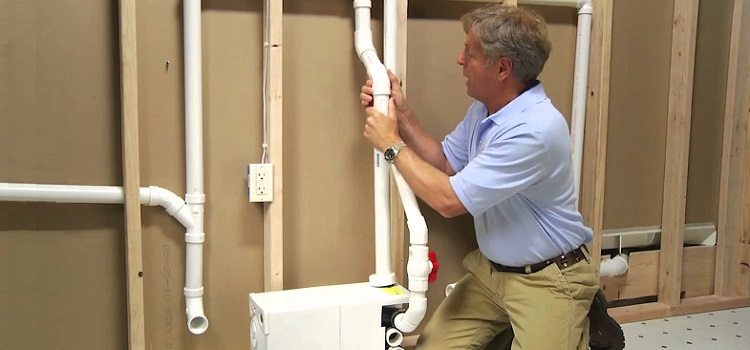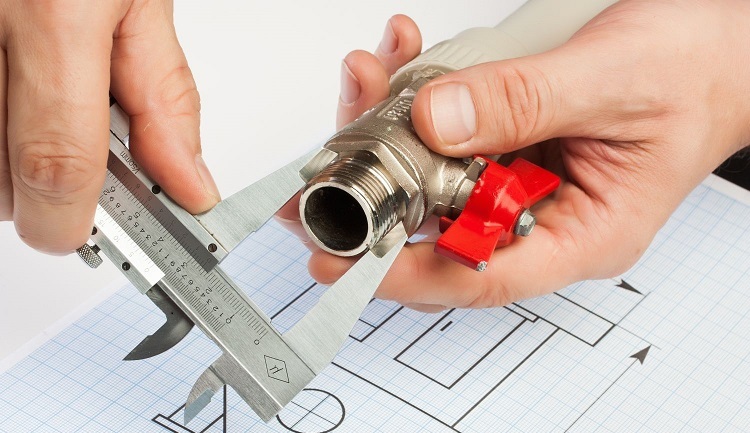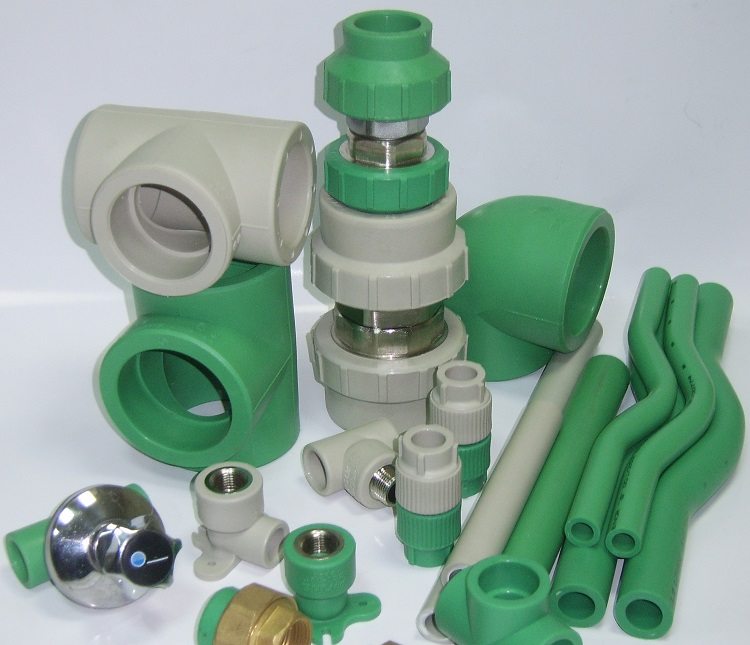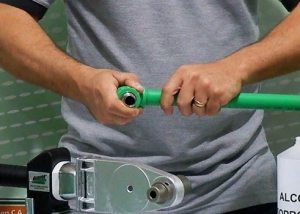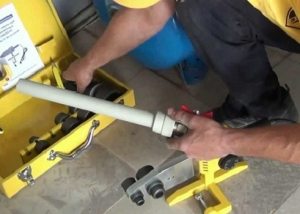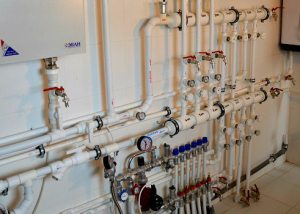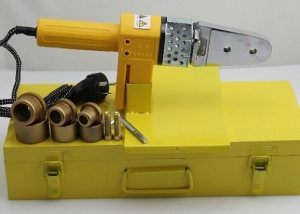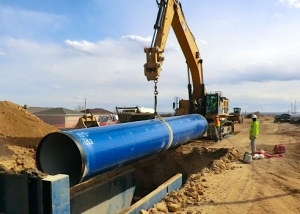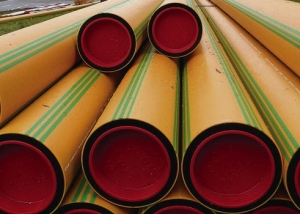As an alternative to an outdated water supply or heating system based on metal pipes, they have proven themselves polypropylene pipes. Ease of installation, low specific gravity and corrosion resistance are the main advantages that determine the prevalence of plastic pipes. Experienced installers know how to connect polypropylene pipes correctly, and consistent observance of all stages of the system assembly will help to avoid mistakes for a novice master.
Content
The classic method of connecting pipes by thermal diffusion
Before starting installation, it is necessary to choose the optimal method of connecting polypropylene pipes that most closely matches the project. Arrangement of heating or water supply systems at the stage of construction work or repair (modernization) of an existing system involves different installation methods and different types of pipe connections.
The physical properties of polypropylene pipes allow them to be joined at the molecular level, heating the surfaces to be joined. Strength and tightness of the connection is provided by fittings. To implement a high-quality connection of polypropylene pipes, you will need a special tool, and practical skills in working with polypropylene pipes.
Tools and equipment
First of all, it is necessary to prepare pipes for installation. A high-quality connection of polypropylene pipes is ensured by an accurate - at an angle of 90 degrees - cut of the end edge of the pipe, and compliance with the heating interval. A prerequisite is compliance with safety measures when working with a tool that must be checked before starting work. Any identified malfunction can adversely affect the quality of the connection, and working with a broken tool is simply dangerous.
For cutting pipes to the required length, ideally, special scissorsdesigned for trimming polyethylene, polypropylene and metal-plastic pipes. A hacksaw is also used for metal, in this case the edge of the pipe cut is “decorated” with the inevitably occurring fringe of sawn material, and before connecting the polypropylene pipes with fittings, it is necessary to clean the end edge of the pipe.
A high-quality connection for polypropylene pipes by thermal diffusion will be difficult to implement without a special welding device. More often it is called "pipe soldering iron". Distinctive feature of professional instrument - the presence of a heating indication and temperature control. It is more convenient to use a tube-shaped soldering iron in working with pipes of small (up to 40 mm) diameters; it is easier for them to mount connections in hard-to-reach places, for example, in the space between walls or for mounting a tee or mortise fitting. If during the repair work the question arises of how to connect a polypropylene pipe without welding, use the method of "cold welding".
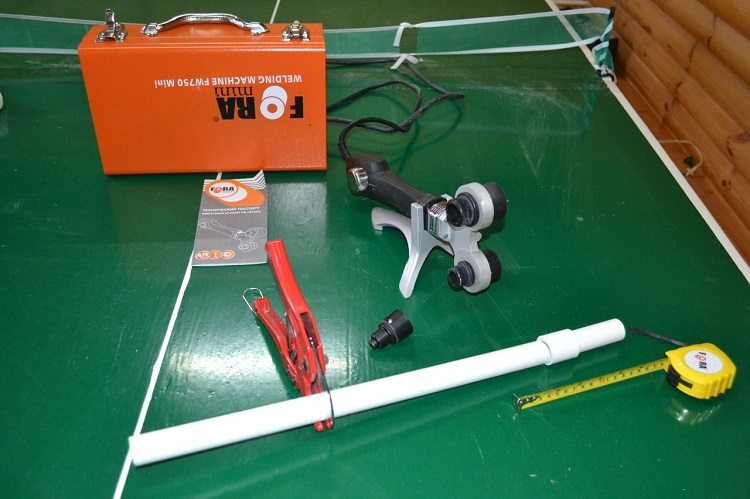
To obtain a high-quality pipe connection by thermal diffusion, you need to use only specialized tools
A special tool such as a Schweiger is also used: pipe end shearing to remove the reinforcing layer. This is necessary in order to realize a quality connection when soldering.
To connect the compression type, crimping pliers will be required (refer to professional-grade precision equipment) and special fittings, complete with crimping washers. The method requires a professional approach, the cost of good fittings can't be low. Connection with sliding locking elements will require a special tool (expander), which prepare the inner surface of the pipe, and, accordingly, a tool for tightening the crimping element on the fitting.
It will take some degree of determination to insert both the fitting and pipe into the soldering iron nozzle. It is necessary to withstand the temperature range, consistent with the diameters of the connected elements - from 5 seconds for pipes with a diameter of 16 mm, up to 12 seconds for a 40 mm pipe;
Important! All connections of polypropylene pipes with other types of pipes are provided using combined fittings. To connect to a metal pipeline, a fitting is used, supplemented by a metal threaded assembly. Installation takes place first on a metal pipe, after ensuring the tightness of the threaded fitting, the polypropylene pipe is soldered.
During the connection of heated joints, it is unacceptable to violate the alignment of the connection, or to rotate the connected elements. It is considered a good form and a sign of this master to conduct tests with maximum pressure at the end of assembly of the system.
Types of fittings for polypropylene pipes
After carefully checking the project, deciding which pipes from polypropylene are needed, how to connect them and where to install them, you need to calculate the required number of fittings.
The geometry of the strip dictates the type and number of connectors that are divided into two groups:
- fittings for working directly with polypropylene pipes;
- fittings for combined type connections.
In any case, the type of fittings will be the same, with the exception of the internal or external threaded connections necessary to create a detachable connection.
Types of fittings:
- coupling;
- tee - tap;
- swivel fitting 45 °;
- swivel fitting 90 °;
- reduction (transition from one pipe diameter to another);
- transition angle;
- fitting - plug (with internal or external installation);
- clamps for fastening (single, double, triple, etc.).
How to connect a polypropylene pipe without the help of welding equipment
For the installation of water supply systems, which are supposed to be operated at a low pressure level, the low-temperature pipe connection method is used. A special glue is used, which allows the polypropylene pipe and fitting to be joined at the molecular level. This type of connection is rarely used to install the entire system, this is a great way to repair the system in rooms with increased fire hazard, or to upgrade an existing system.
Important! After completion of installation work, it is necessary to wait some time, from 10 to 20 minutes, depending on the quality of the pipe and the type of polymer selected for its manufacture.
The adhesive joint is ready for use after the solidified polymer layer has hardened, the manufacturer indicates on the packaging the interval that must be waited after completion of work.
